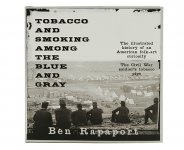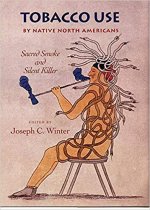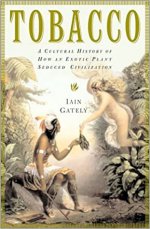But what do you think? Based on your experience.
I think that flue cured varieties, when air cured like a burley, is an inferior tasting leaf... when smoked in comparison to other burleys.
Burleys when flue cured seem to be a tad sweeter than other burleys, but inferior when compared to Flu cured bright leaf. But, not sweet enough to spend the effort trying to flue cure all burleys.
I do notice a difference in the way the bright leaf leaves set on the stalk in the field, compared to burleys, but I am also not familiar with an extensive variety of burleys.
There are a few bright leaf (Virginia) varieties that don't seem to take the flue curing as well as others.
I have been doing this for about eight years, and I still don't have enough hands on experience with enough varieties to offer a concise answer. I have yet to have a variety undergo an extensive change in taste and look because of the
terrior. Hell, my Semois, based on the seeds given to me by Jitter, from the source itself, tastes as much like the Tabac Manil as the first batch did, five years ago. My Ukrainian flue cured has not changed at all either.
How long did they grow that original bright leaf along the South Carolina coast before the plant became so evolved into the "Virginia" leaf that we come to know know? And, what the hell is wrong with cigar leaf farmers taking Cuban seed into other areas of South America that they can't keep it tasting like Cuban?
What am I doing right or wrong that mine doesn't change because of the
terrior. Or, is the cigar leaf
terrior just a bunch of bullshit spread by fat, big mouthed cigar smokers. with neck tattoos?
I've actually been wanting to see this affect of
terrior, maybe make my own varieties.
Based on the story of Stephen Slade, It is odd that flue curing was taken to so fast after an accidental barn fire. I mean, when I sample fresh flue cured top notch leaf, it still has such an ammonia-ish, rough on the throat affect that I fail to believe that the slaves and farmer that tasted that first batch of accidental tobacco, immediately were sold on the idea. Farmers now will sweat the leaf through two summers before bringing it to market.



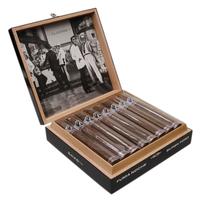




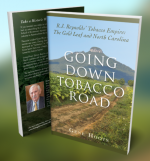

![IMG_1824[1049].jpg IMG_1824[1049].jpg](https://pipesmagazine.com/forums/data/attachments/100/100015-148224802f227de3e9ca4f93af520720.jpg)
